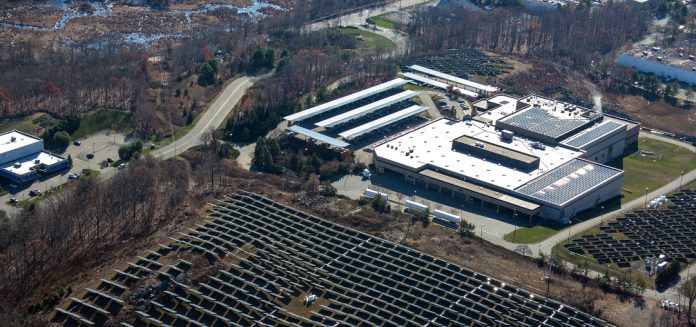The New Jersey Board of Public Utilities’ community solar energy pilot program will have 45 new projects in the coming years, as the board has approved a total of 75 MW of community solar.
The projects will consist entirely of first-year participants located on landfills, brownfields, rooftops and parking canopies. In total, the 45 new installations will represent 1/3 of the entire capacity of the community solar pilot program, which was approved last January. This meets the program’s stated goal of awarding 75 MW of capacity in its first year, a goal set to be repeated over the next two years with the full capacity of the pilot program filled within three years.
Every one of the 45 approved projects will serve low- to moderate-income communities — a major step towards the pilot program’s mandate of having 51% of installed capacity serve such communities.
As Wood Mackenzie outlines, community solar has the potential to create exponential growth in New Jersey’s electric market. The company showed a scenario where New Jersey could add 2.3 GW to 3.3 GW of community solar by 2030, which would represent over 4.5% of total electricity generation in the state.

New Jersey’s RPS initiative also has a maximum “cut-out” of 5.1% of energy coming from solar by 2021, with that target being reduced to the permanent standard of 1.1% added annually until 2030. According to SEIA’s latest estimations, solar currently serves 4.45% of New Jersey’s electricity. On the bright side, the Governor of New Jersey, Phil Murphy (D), does have a goal of achieving 100% clean energy by 2050.
Despite those policy headwinds, New Jersey has been one of the nation’s more solar-friendly states. The state has over 3 GW of installed solar to-date, 50% more than neighboring New York and good for 7th in the entire nation. New Jersey was, for a while, the second largest solar market in the United States, before it ceded its position to North Carolina.






